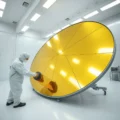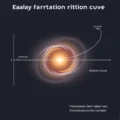Imagine this: one moment you’re orbiting Earth, the next you’re zipping past Alpha Centauri. Not after years or decades of travel, but in mere hours. This isn’t just the stuff of science fiction; it’s the incredible promise held within the concept of a warp drive.
Theoretical physics, particularly through groundbreaking work like that of Miguel Alcubierre, has shown us that warping spacetime to create a ‘bubble’ is mathematically possible within the framework of Einstein’s general relativity. Inside this bubble, you wouldn’t exceed the speed of light locally, thus respecting the fundamental speed limit of the universe. The trick? Contracting space *ahead* of the bubble and expanding it *behind*. It’s an elegant solution carved out in the language of physics, suggesting a potential ‘how’ for faster-than-light travel.
But then, engineering walks into the room. Physics provides the beautiful equations, the elegant blueprint for bending spacetime like cosmic play-doh. Engineering, however, looks at the required ingredients for this cosmic recipe – things like exotic matter with negative mass-energy density, or energy levels equivalent to that of a gas giant planet – and simply asks:
…with what?!
It’s the ultimate, fascinating showdown between the brilliant, boundary-pushing realm of theoretical possibility and the cold, hard realities of practical implementation. Physics says ‘yes, this spacetime geometry is valid!’, while engineering is left scratching its head wondering where on Earth (or off it) we’d find the necessary tools and materials.
Before we dive deeper into the nuts and bolts (and the severe lack thereof!) of engineering a warp drive, here’s a quick summary of this theoretical vs. practical clash from our YouTube Shorts:
Caught that? The concept is mind-bendingly cool, isn’t it? Let’s explore the divide.
Table of Contents
The Theoretical Foundation: Einstein, Alcubierre, and Spacetime Gymnastics
At the heart of the theoretical warp drive lies Albert Einstein’s general theory of relativity. This revolutionary theory tells us that gravity isn’t a force pulling objects together, but rather a curvature in the fabric of spacetime caused by mass and energy. Massive objects warp the space and time around them, and what we perceive as gravity is simply objects following the ‘straightest’ path through this curved geometry.
Miguel Alcubierre, a Mexican theoretical physicist, published a paper in 1994 detailing a spacetime geometry that would allow a spaceship to travel at effectively faster-than-light speeds relative to distant points, without breaking the rules *within* its local region. His concept describes a ‘warp bubble’ where space is contracted in front of the ship and expanded behind it. The ship itself would sit in a flat-space region inside the bubble, undisturbed, while the bubble (and thus the ship) would be carried across vast distances by the manipulation of spacetime itself.
Think of it like standing on a rug and pulling the rug towards you, rather than walking across it. Your feet aren’t moving fast relative to the rug under them, but you’re getting across the room quickly because the rug itself is moving. The Alcubierre drive concept uses a similar principle, manipulating the spacetime ‘rug’.
The physics works out on paper. Einstein’s equations permit such a configuration of spacetime. This is why theoretical physics can say ‘yes!’ to the concept of a warp drive. It’s a valid mathematical solution within our current understanding of gravity and spacetime.
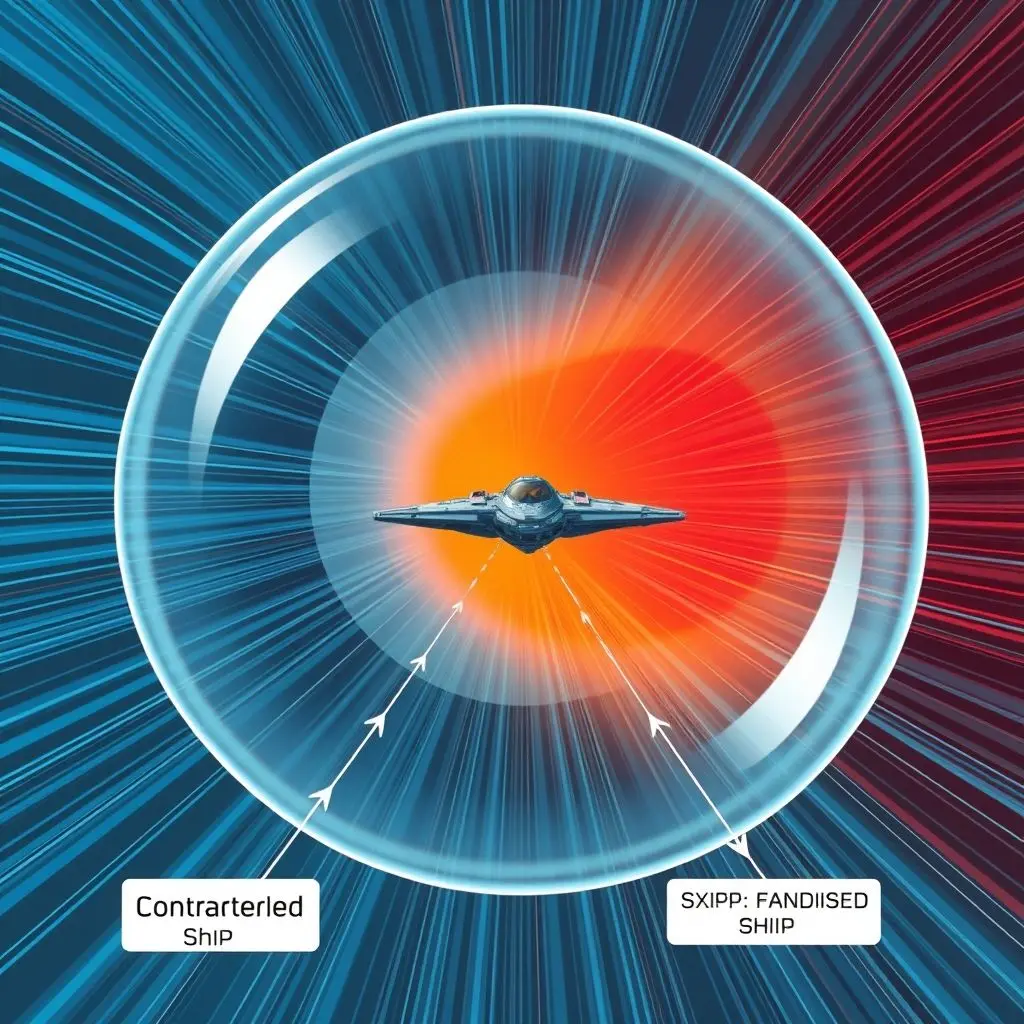
The Engineering Roadblock: The Cruel Reality of ‘With What?!’
Here’s where the dream runs headfirst into the concrete wall of practicality. While the physics describes the *geometry* needed, it doesn’t tell us *how* to create or maintain that geometry. The requirements are staggering, pushing far beyond anything currently known or achievable.
The Insatiable Need for Exotic Matter
The primary requirement for the Alcubierre metric is a specific type of energy density that has never been observed or created in quantities large enough to matter on a cosmic scale: exotic matter. This hypothetical substance (or field configuration) would possess *negative* mass-energy density.
Why negative energy? Because general relativity dictates how spacetime curves based on the energy and momentum within it (described by the stress-energy tensor). To achieve the specific contraction ahead and expansion behind the ship needed for the warp bubble, you need regions of negative energy density.
Our everyday world, and indeed everything we’ve ever observed in bulk, has positive mass-energy. Even empty space has fluctuations in vacuum energy, which can momentarily produce tiny regions of negative energy density (like in the Casimir effect), but these are fleeting and minuscule. We have no known way to create, sustain, or manipulate macroscopic amounts of material with intrinsically negative mass or energy.
Finding or creating exotic matter in the necessary quantities is perhaps the single biggest hurdle. Without it, the Alcubierre warp drive remains purely theoretical.
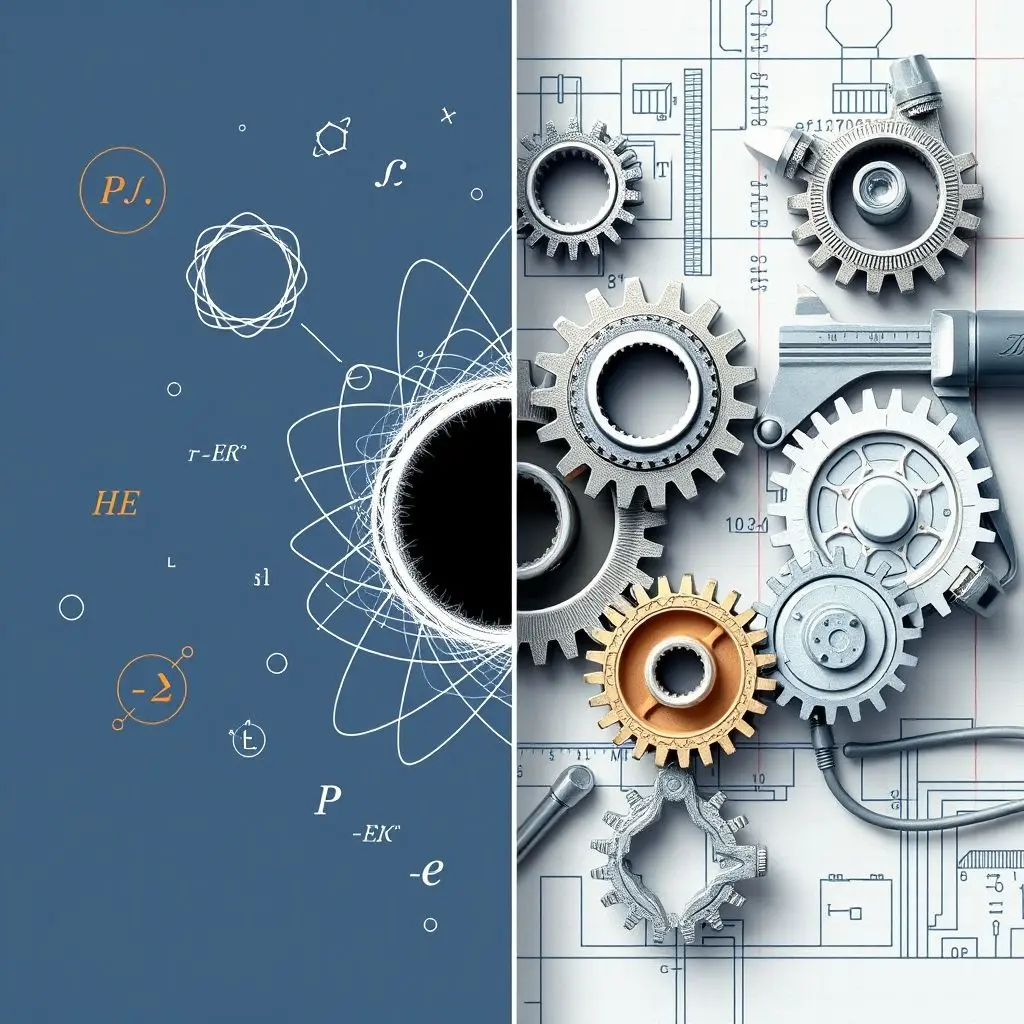
The Astronomical Energy Requirements
Even *if* exotic matter could somehow be found or created, the amount initially calculated by Alcubierre was immense – equivalent to the mass-energy of a gas giant like Jupiter. Later theoretical work by others suggested that perhaps the energy requirements could be reduced significantly under specific (and still highly speculative) conditions, potentially down to the mass-energy of a small asteroid or even a few hundred kilograms.
However, ‘reduced’ in this context is relative. Even hundreds of kilograms of pure mass-energy (think E=mc²) is a colossal amount. This is far, far beyond anything humanity can generate or control today. Our most powerful fusion experiments produce trivial amounts of energy compared to this. Storing and manipulating such energy levels to power and sustain a spacetime-warping bubble adds another layer of seemingly insurmountable engineering challenge.
Stability, Control, and Interaction Issues
Assuming we had the exotic matter and the energy, the engineering challenges don’t stop there:
- Bubble Stability: How do you prevent the bubble from collapsing or dissipating? Maintaining the precise spacetime geometry would require incredible control.
- Formation and Braking: How do you smoothly create the bubble at the start of the journey and, critically, how do you safely stop and return to normal space at your destination? Slamming into normal space at effective superluminal speeds seems problematic, to say the least.
- Tidal Forces: While the space *inside* the bubble is flat, the intense warping of spacetime *at the boundaries* of the bubble could subject the ship and its crew to catastrophic tidal forces.
- Interaction with the Environment: What happens if the bubble encounters interstellar dust, gas, or even a single atom at effective FTL speeds? The energy release could be cataclysmic. Theoretical work suggests potential issues like generating intense radiation (Hawking radiation) at the bubble’s boundaries.
These are not minor design problems; they are fundamental physics and engineering barriers that currently have no clear solutions.
Beyond Alcubierre: Other Theoretical Possibilities (and Similar Problems)
While the Alcubierre drive is the most widely discussed warp drive concept, other theoretical avenues have been explored, such as traversable wormholes (which also require exotic matter and face similar stability issues) or other configurations of warp fields. Some experimental efforts, like the White-Juday Warp Field Interferometer, are attempting to *detect* the minuscule effects of potentially manipulating spacetime curvature, but these are fundamental physics experiments, not attempts to build a drive.
Regardless of the specific theoretical model, the common denominator for these concepts is the reliance on physics operating at scales or with materials (like exotic matter) that are currently completely outside our technological grasp and potentially non-existent in useful quantities.
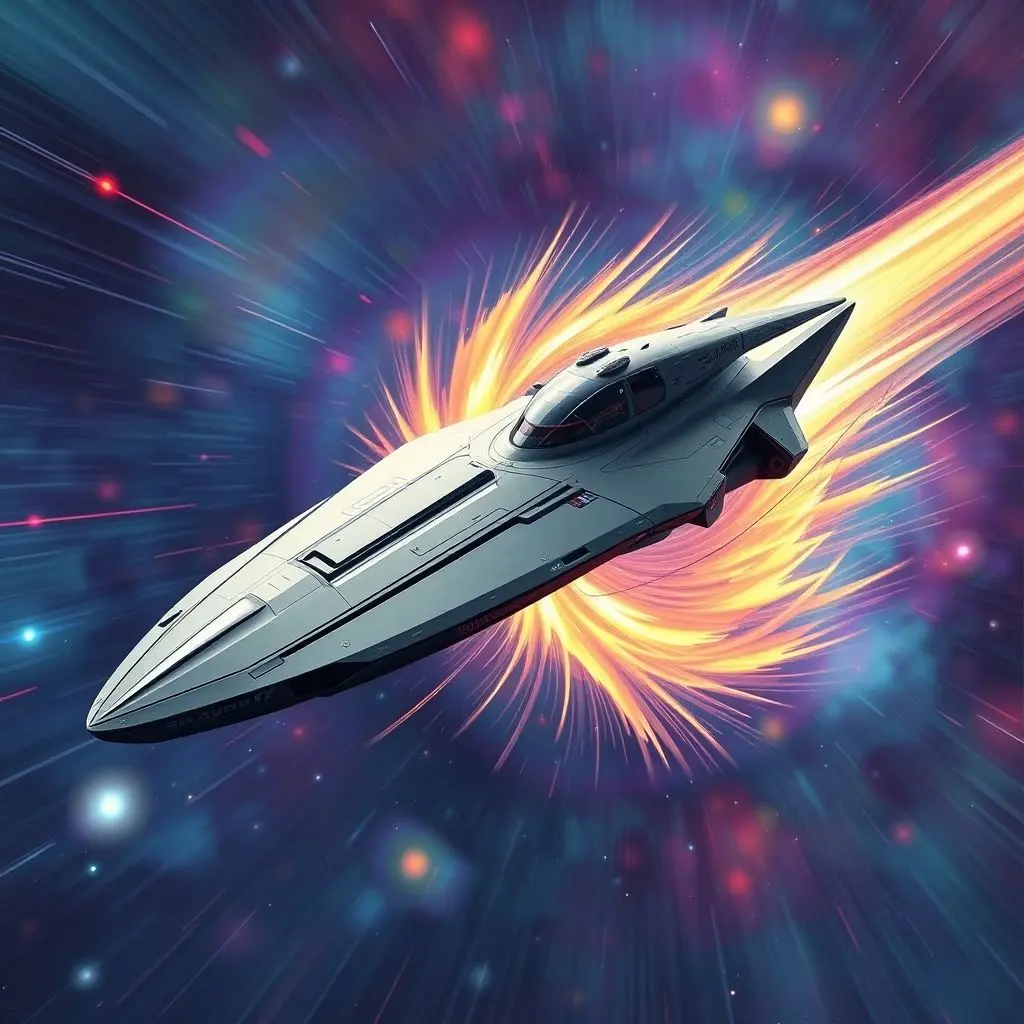
Is the Dream Dead?
Does this mean warp drive is impossible? From a strict engineering standpoint with current technology and understanding, yes, it seems highly improbable, bordering on impossible. The ‘with what?!’ question simply has no answer right now.
However, the journey of scientific discovery is full of examples where yesterday’s impossibility became today’s reality. The very concept of manipulating spacetime would have seemed like magic a century ago. Exploring these theoretical ideas, even if they reveal immense practical hurdles, pushes the boundaries of our understanding of physics.
Research into concepts like negative energy density, vacuum fluctuations, and the precise requirements of general relativity under extreme conditions are valuable in their own right. Perhaps future breakthroughs in fundamental physics will reveal new ways to generate or manipulate energy, or even hint at the existence of exotic matter in a form we could utilize. Or perhaps an entirely different theoretical pathway to faster interstellar travel exists that we haven’t discovered yet.
The theoretical possibility of a warp drive serves as a powerful inspiration for both physicists and engineers – a grand challenge that highlights the incredible gap between what the laws of physics *might* allow and what our current technological capabilities can actually *do*. It reminds us that while the equations might say ‘yes’, the universe often responds with a challenging ‘prove it… and figure out how.’
Frequently Asked Questions About Warp Drives
Q: Is the Alcubierre warp drive real?
A: The Alcubierre metric is a mathematically valid solution to Einstein’s field equations, meaning it describes a possible configuration of spacetime. However, the physical requirements to create this configuration (especially exotic matter) are far beyond our current capabilities and understanding. So, theoretically possible according to known physics, but practically impossible with present technology.
Q: What is exotic matter?
A: In the context of warp drives and wormholes, exotic matter refers to hypothetical matter or energy fields that have negative mass-energy density or exert negative pressure. This property is needed to warp spacetime in specific ways not possible with normal, positive-energy matter.
Q: Why is negative energy needed for a warp drive?
A: According to general relativity, the way spacetime curves depends on the distribution of mass and energy (the stress-energy tensor). Creating the specific spacetime geometry needed for the Alcubierre bubble – contracting space ahead and expanding space behind – requires regions with negative energy density.
Q: How much energy would a warp drive need?
A: Initial calculations suggested energy equivalent to a planet’s mass. Later work indicated potential reductions, but still likely requiring energy equivalent to hundreds of kilograms of pure mass-energy (E=mc²), which is vastly more than any energy source we can currently generate or control.
Q: Is anyone actually trying to build a warp drive?
A: No, not in the sense of building a working propulsion system. Some researchers are conducting theoretical work to refine concepts or exploring potential experimental avenues to detect tiny spacetime effects, but building a functional warp drive based on the Alcubierre concept (or similar ones) is considered firmly in the realm of future, perhaps impossible, technology due to the requirements for exotic matter and immense energy.
Q: What about other FTL ideas like wormholes?
A: Traversable wormholes are another theoretical possibility under general relativity. However, they also require exotic matter with negative energy density to keep the ‘throat’ of the wormhole open, facing engineering challenges similar to the Alcubierre drive.
At the end of the day, the warp drive stands as a beautiful testament to the power of theoretical physics to imagine possibilities that currently lie far, far beyond the reach of our engineering capabilities. It’s a reminder that the universe still holds profound mysteries, and bridging the gap between what the math allows and what reality permits is the challenging, exciting frontier of future science and technology.


